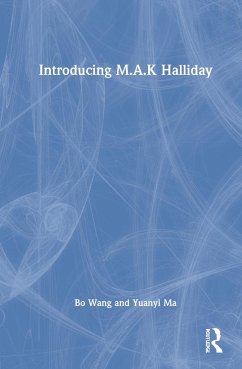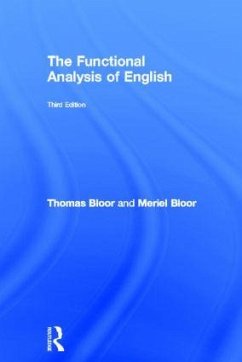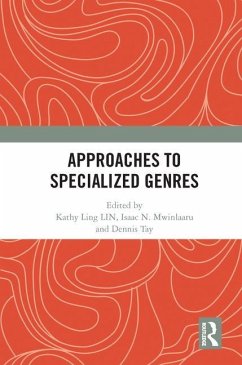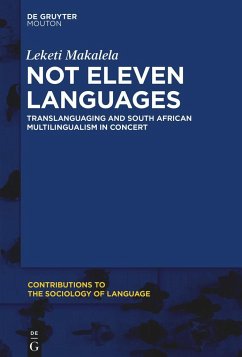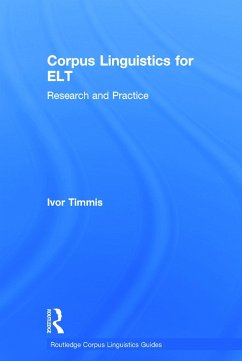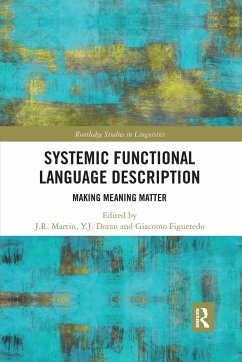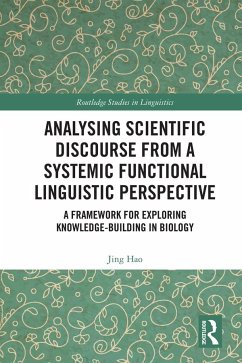
A Systemic Functional Grammar of English
A Simple Introduction
Versandkostenfrei!
Versandfertig in 1-2 Wochen
167,99 €
inkl. MwSt.
Weitere Ausgaben:

PAYBACK Punkte
84 °P sammeln!
Providing a simple - but not simplistic - introduction to the Systemic Functional Grammar of English, this book serves as a launching pad for the beginning student or a review for the more seasoned linguist.




